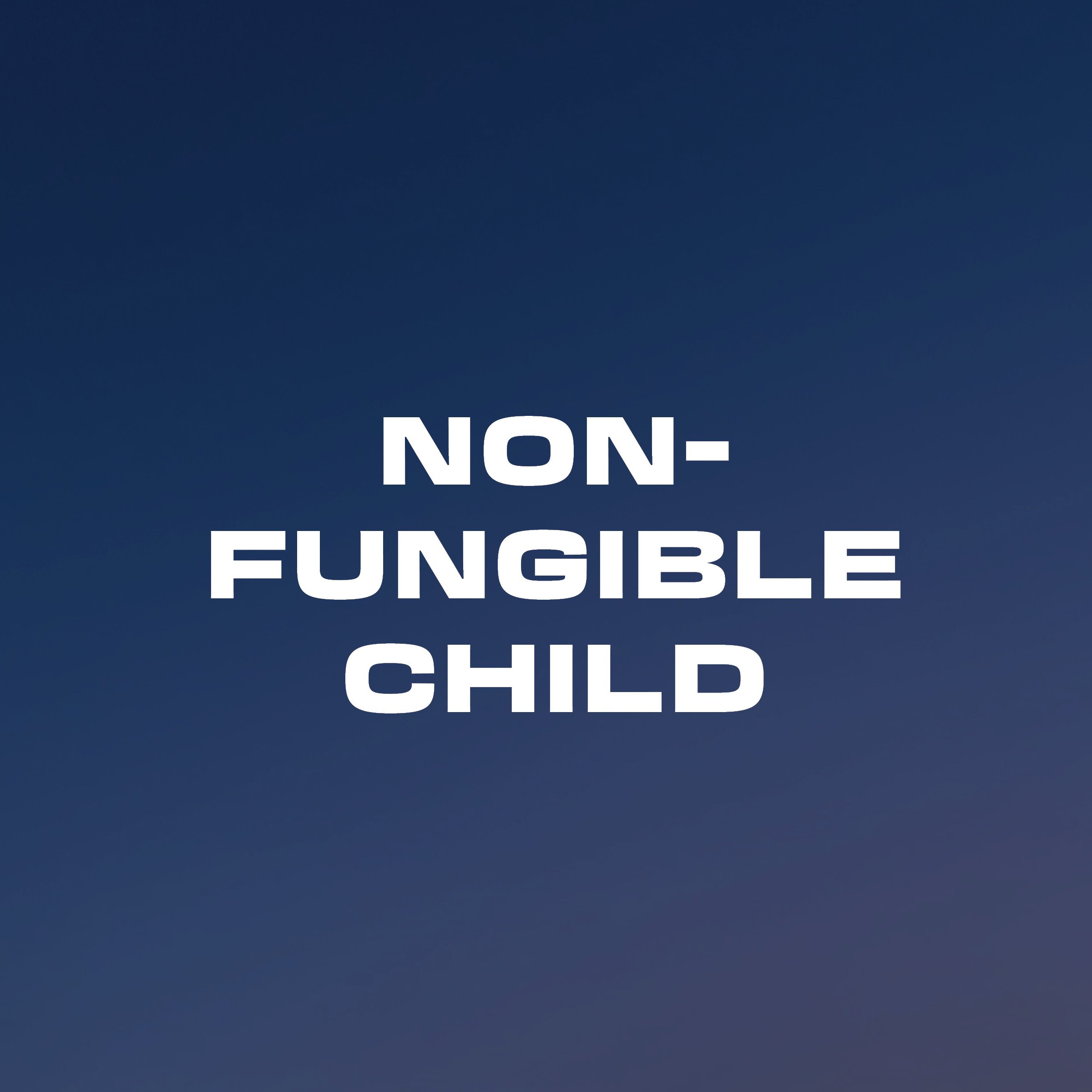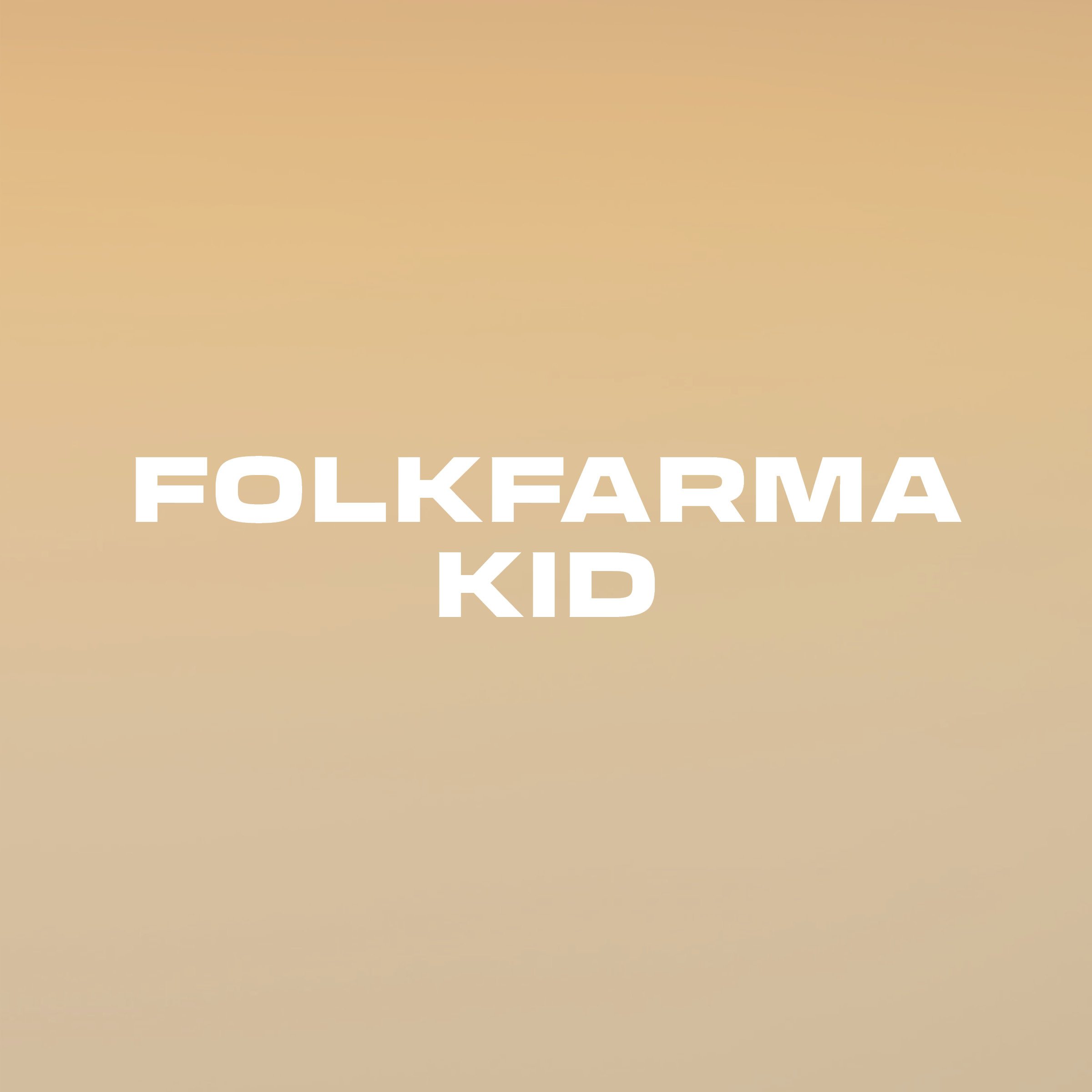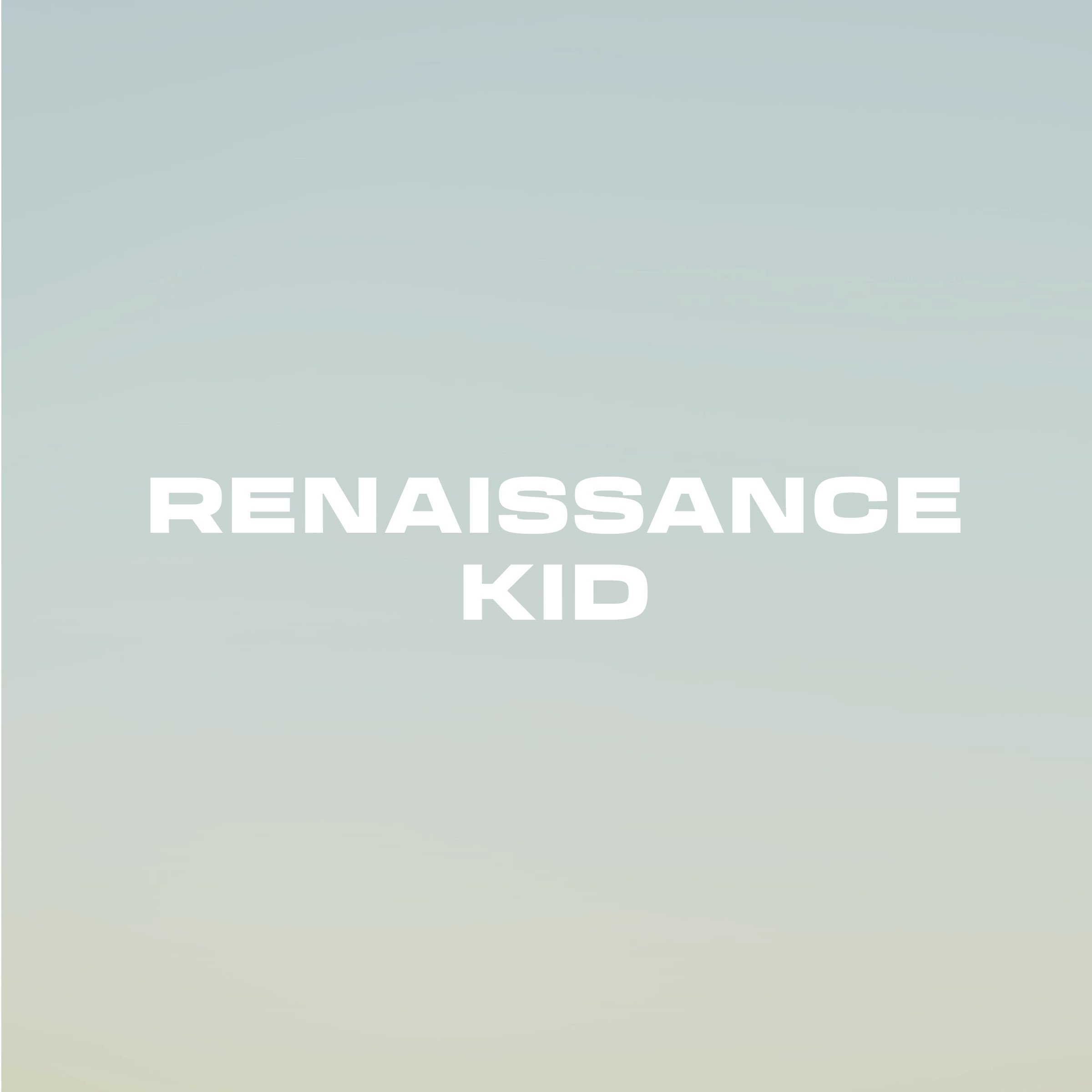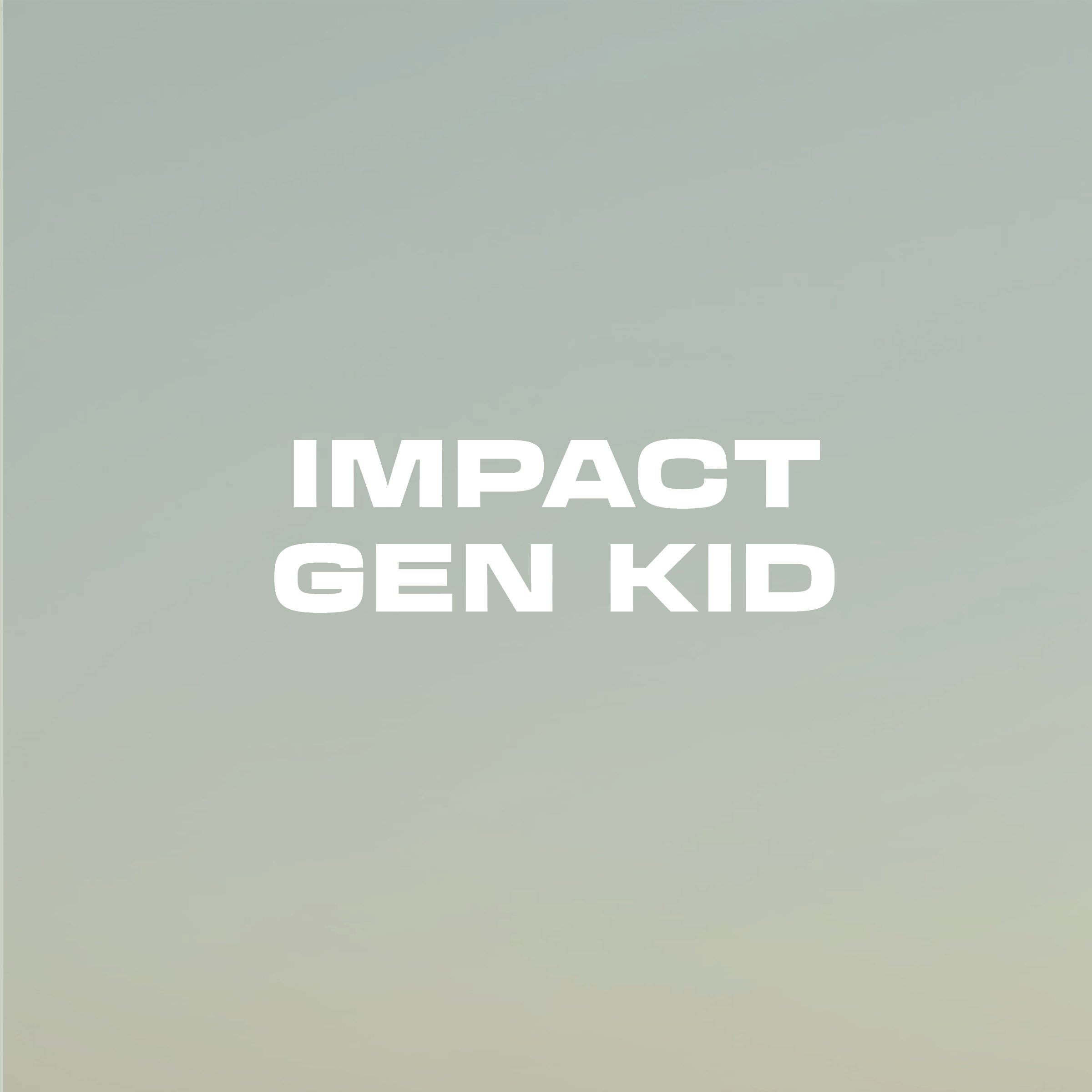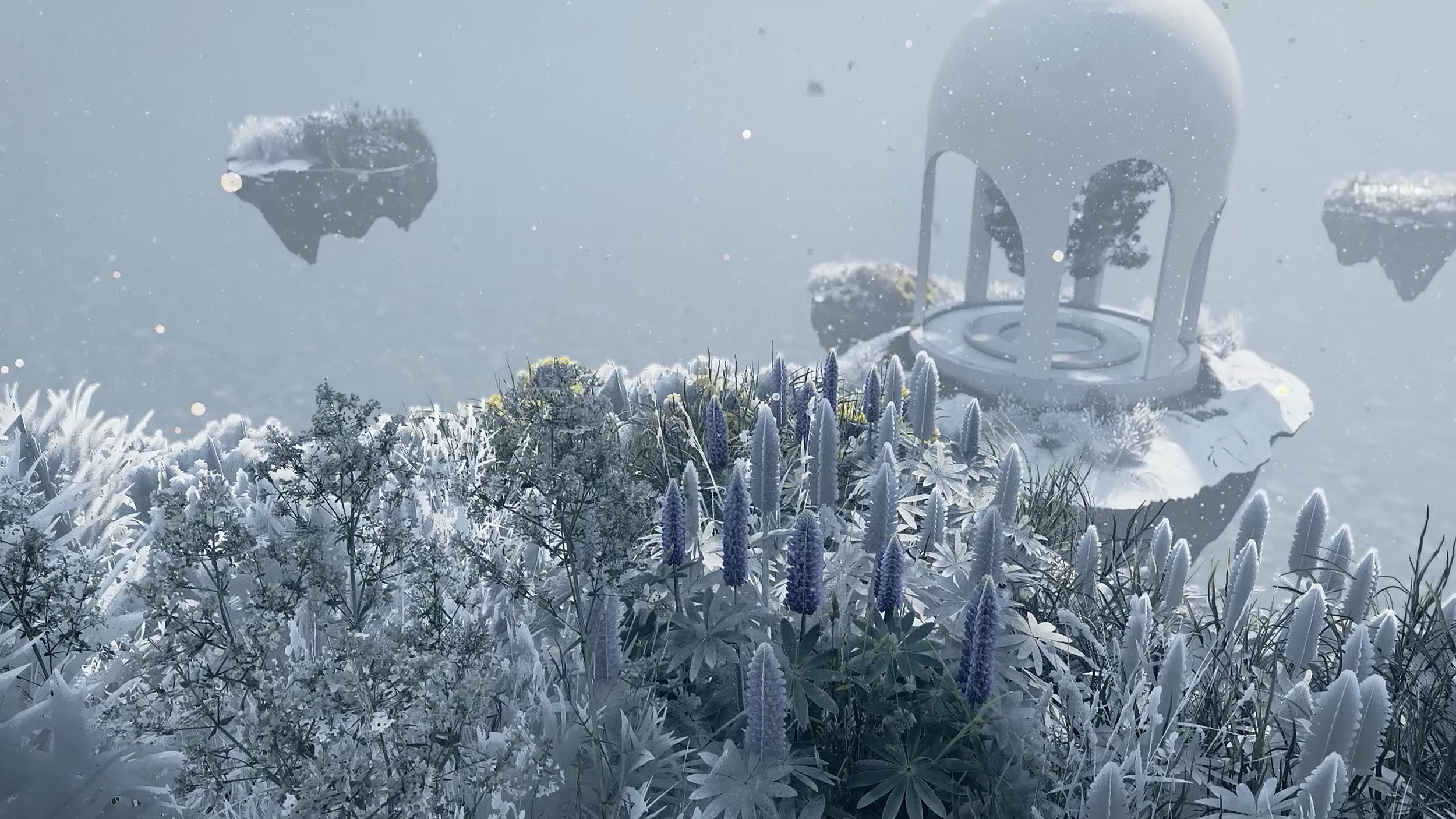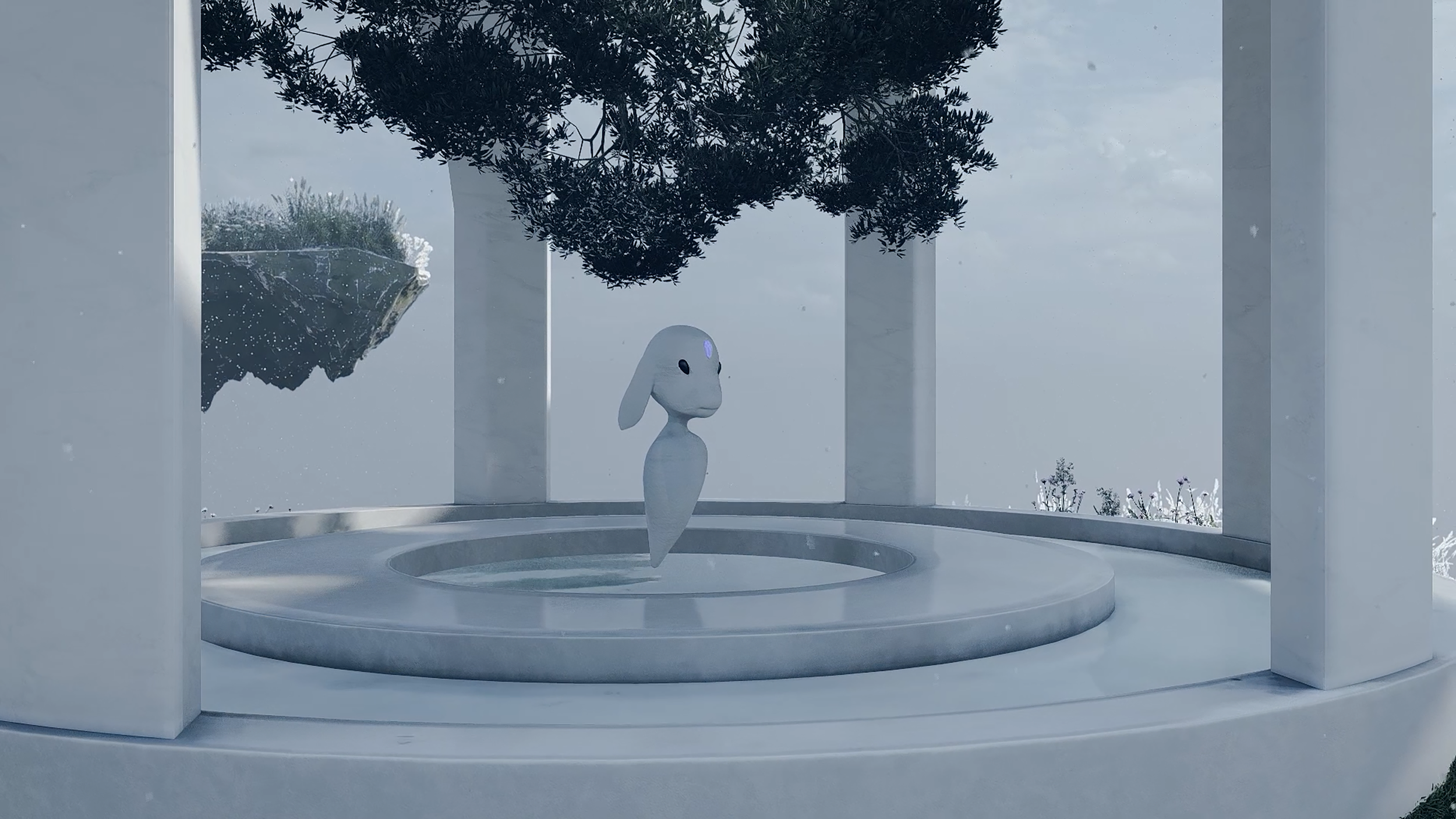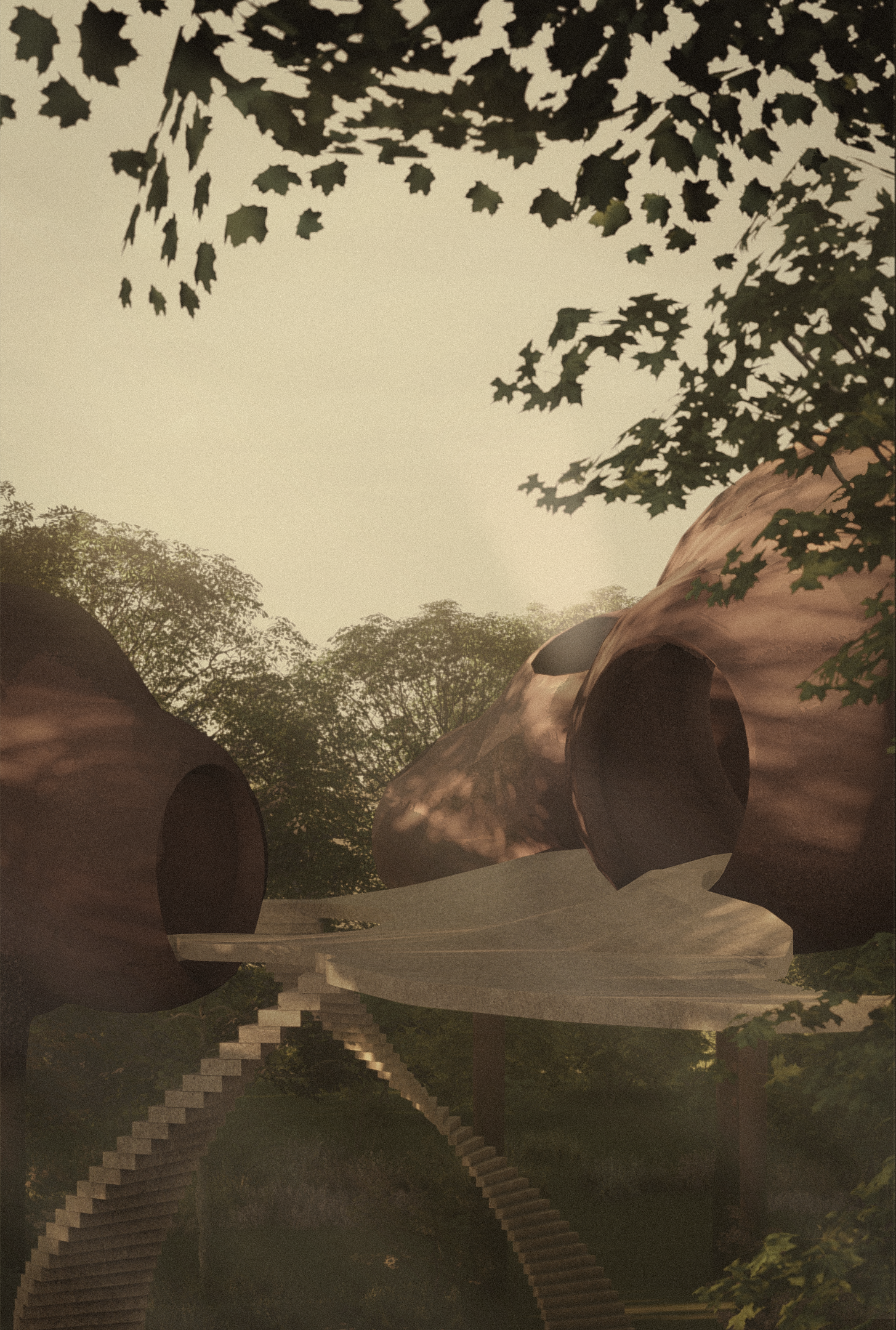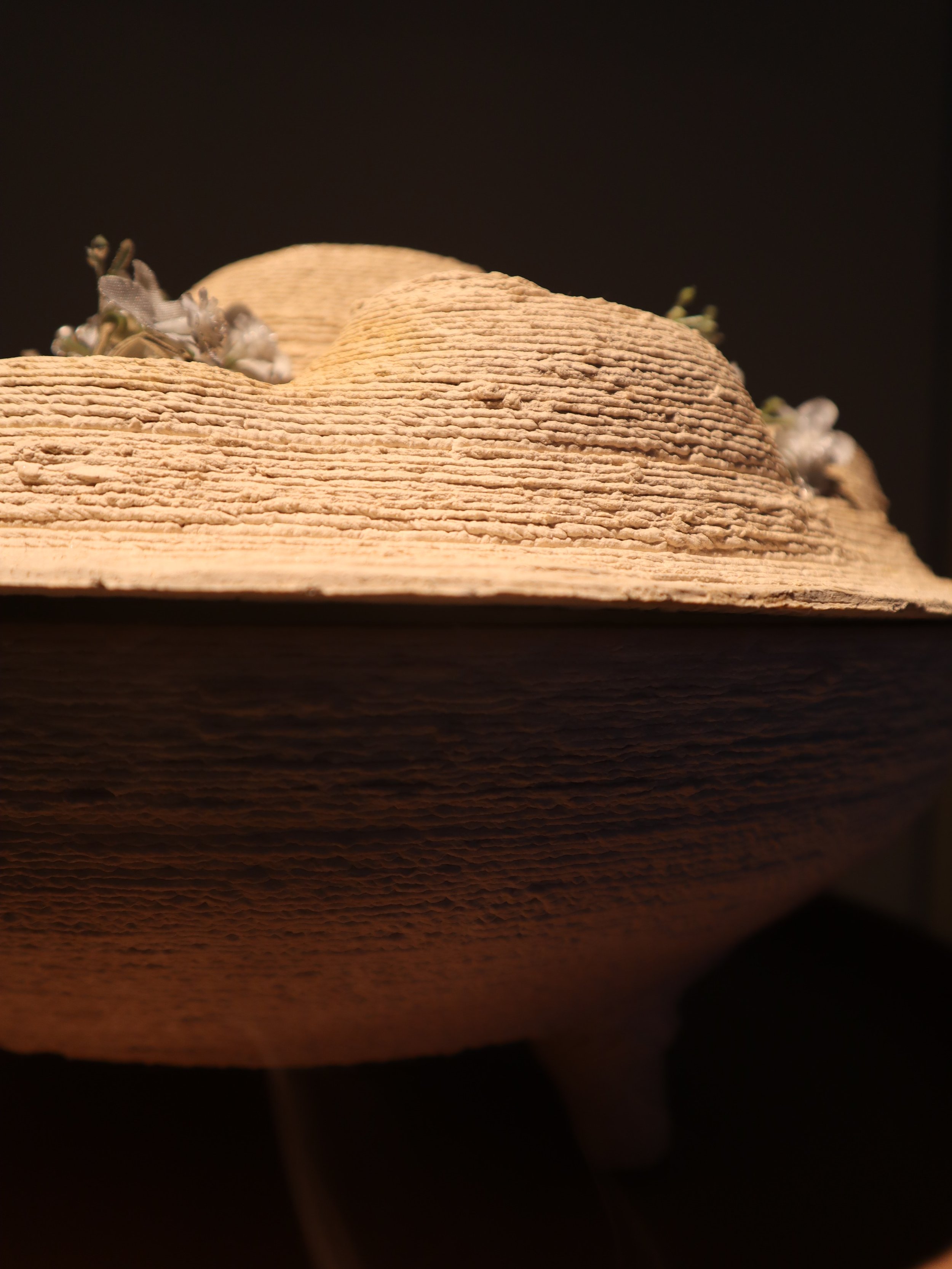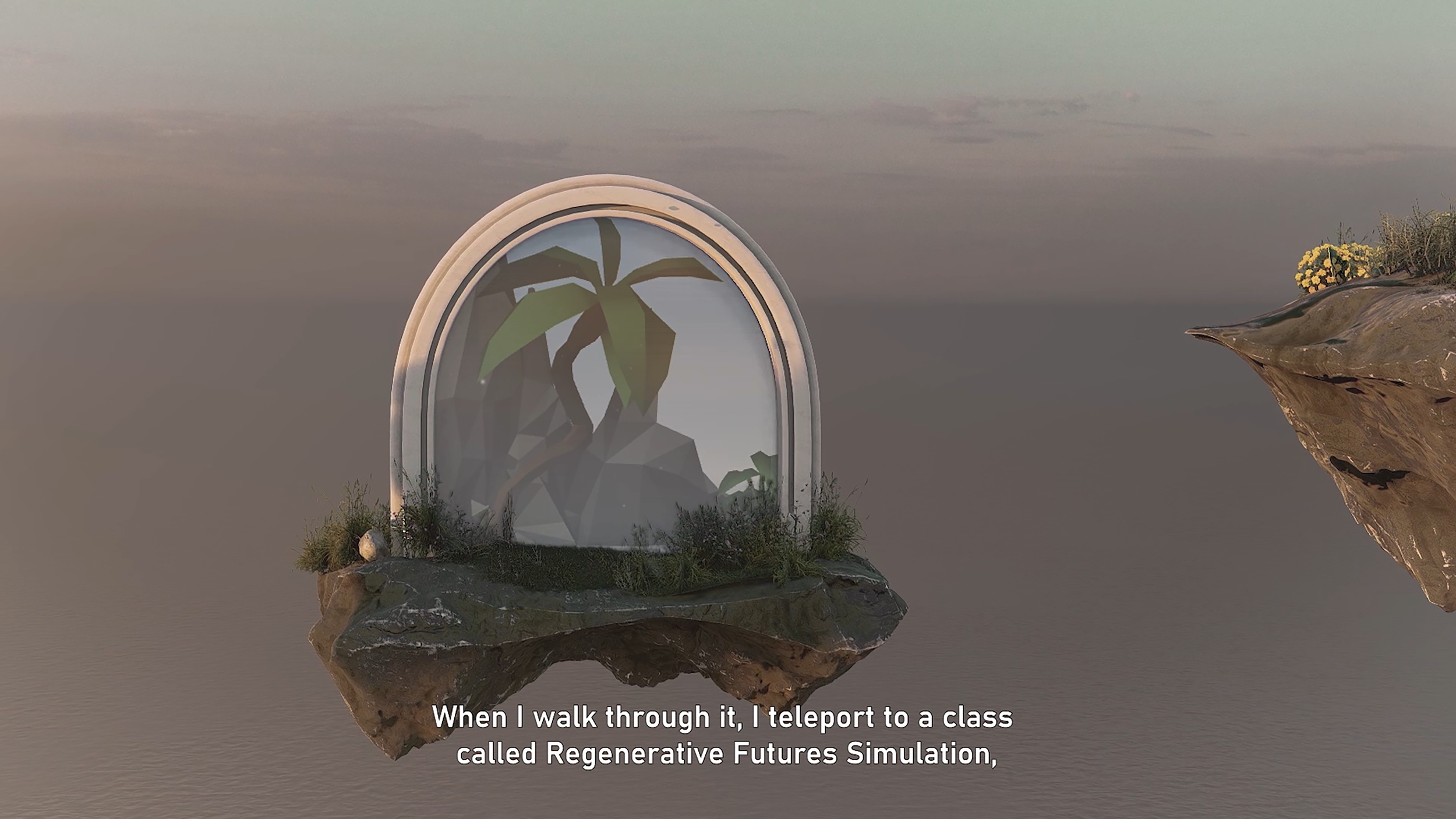GEN C: CHILDREN OF 2050
10 March - 12 June 2022 | a growing exhibition in Tetem, Enschede, NL
Kids are the future. Taking climate change as a starting point, what might their lives look like 30 years from now? How will they live, play and learn? What kind of world will they live in?
Gen C: Children of 2050 was an interactive growing exhibition about the future of childhood. In this exhibition, artist and social designer Bianca Carague imagines four different types of children that could exist in the year 2050 and takes visitors through their bedrooms.
Over the course of two months, Bianca Carague conducted interactive workshops which engaged the public in both critical and creative thinking about the future.
The exhibition in June was different from the version in March, thanks to the hundreds of people that shared their insights & ideas, which I used to develop the work in between. This helped exhibition visitors cultivate their skills in futures literacy: imagining what could be.
THE CHILDREN OF 2050
NON-FUNGIBLE CHILD
NFCs are completely digital children with no physical bodies. One could describe them as futuristic Tamagotchis™.
Discouraged by the state of the environment, parents of these kids opted for digital offspring because they deemed it unethical to bring new biological children into the world.
These children live and play in the metaverse. They inhabit their parents’ virtual real estate. They learn in the same metaverse schools and play the same online games as their human peers.
Being artificially intelligent, they excel in play-to-earn games and grow their parents’ digital assets and investments for fun.
The exhibition bedroom also features an AR cube that allows visitors to hold the Non-fungible Child in their hands.
FOLKFARMA KID
Folkfarma Kids are descendants of indigenous people that, after centuries of oppression, have reclaimed their rights to their land. They view nature as part of their wellbeing and share their indigenous knowledge with others.
Naturally, they generate energy from the soil and make their medicine with local flora. Having lived through ecological disasters and political strife, they are comfortable navigating uncertainty and the complex nature of life.
Folkfarma kids are generally self-sufficient, down-to-earth and wise beyond their years.
The term ‘folkfarma’ (as in folk pharmaceutical) is taken from artist Serina Tarkhanian who works along the lines of microbial healing, indigenous medicinal practices and co-care.
The ceramic piece is a 3D printed object made in collaboration with Funda Baysal.
RENAISSANCE KID
Renaissance Kids are tech-savvy, connected and social.
In 2050, virtual reality is everywhere. Renaissance Kids attend metaverse school with their AI peers. They collaborate on climate solutions in a VR class called Regenerative Futures Simulation.
They know that if they can imagine something, they can achieve it. Having access to virtual reality all their lives, they know that anything is possible, in one version of reality or another.
Regenerative Futures Simulation is a virtual reality classroom where AI Non-fungible Children and regular biological kids collaborate on real-world climate solutions.
It is a space where they can try, test & simulate ideas.
In the RFS, there are no teachers. Non-fungible Children and Renaissance Kids learn from each other by working together.
IMPACT GEN KID
Impact Gen kids are from countries most affected by climate change (e.g. Southeast Asia). Having gone through immense social, economic and environmental turmoil, the concept of ‘family’ in these communities shifted from a nuclear structure towards collective responsibility.
Instead of being raised by two parents, Impact Gen kids are raised by an entire multigenerational community.
Impact Gen kids live in bahay kubos, a type of stilt house indigenous to the Philippines. It symbolizes the Filipino value 'bayanihan,' which means
community spirit, or the united effort to accomplish a task.
When a family needed to move their house from one place to another, the community would help carry the house on their shoulders by lifting the bamboo poles.
The Impact Gen exhibition bedroom features a sound shower installation — and audio collage of people of all ages and cultures giving advice to an imaginary child of 2050.


